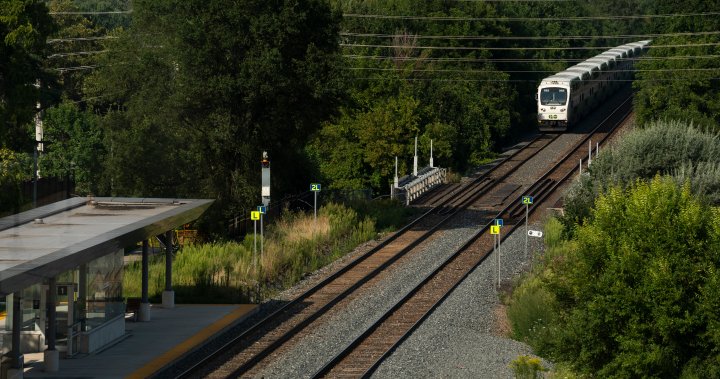In a significant development for Toronto’s west end commuters, the Ontario government has unveiled ambitious plans to transform the Woodbine GO Station into a comprehensive transit hub. The expansion, announced Thursday, represents a strategic investment in the province’s transportation infrastructure aimed at alleviating congestion and improving connectivity throughout the Greater Toronto Area.
The reimagined Woodbine Station will feature multiple platforms capable of accommodating increased train frequency, expanded parking facilities, and seamless integration with local transit options. “This isn’t just about adding capacity,” explained Transportation Minister Caroline Mulroney during the announcement. “We’re creating a transit ecosystem that connects communities and opens economic opportunities for residents across the region.”
Located adjacent to Woodbine Racetrack and Casino, the station redesign aligns with broader development plans for the area. The expansion will include elevated pedestrian walkways, bicycle storage facilities, and improved accessibility features—addressing longstanding concerns from local transit advocates about limited mobility options in Toronto’s northwestern corridor.
Analysis of provincial transportation data reveals the strategic importance of this location. Current ridership at Woodbine Station has increased 28% over the past five years, with projections suggesting these numbers could double by 2030 given the area’s ongoing residential and commercial development.
The $175 million investment comes as part of Ontario’s larger $28.5 billion transit expansion plan. “When we enhance our transportation infrastructure, we’re making a direct investment in economic growth,” noted Premier Doug Ford. “The expanded Woodbine GO Station will connect workers to jobs, businesses to customers, and communities to essential services.”
Environmental assessments for the project have been completed, with construction scheduled to begin in early 2025. The phased approach means commuters will see gradual improvements without significant service disruptions, according to Metrolinx officials overseeing the project.
Local business owners have expressed enthusiasm about the potential economic benefits. “Improved transit access means more foot traffic and visibility for businesses in this area,” said Samantha Patel, chair of the Rexdale Business Improvement Association. “We’ve been advocating for these improvements for years.”
The station redesign incorporates sustainability features, including solar panels, rainwater collection systems, and energy-efficient lighting—aligning with provincial climate objectives while modernizing critical infrastructure.
For daily commuters like Michael Chen, who travels from Woodbine to downtown Toronto, the announcement brings welcome relief. “The current station feels outdated and overcrowded during rush hour,” Chen explained. “Having more frequent service and better amenities will make a tremendous difference in my daily routine.”
As Ontario continues to address its transportation challenges, infrastructure projects like the Woodbine GO expansion highlight the complex balance between immediate needs and long-term planning. The question remains: can these investments keep pace with the region’s explosive growth, or will we need even more ambitious transit solutions to truly transform mobility across the Greater Toronto Area?










